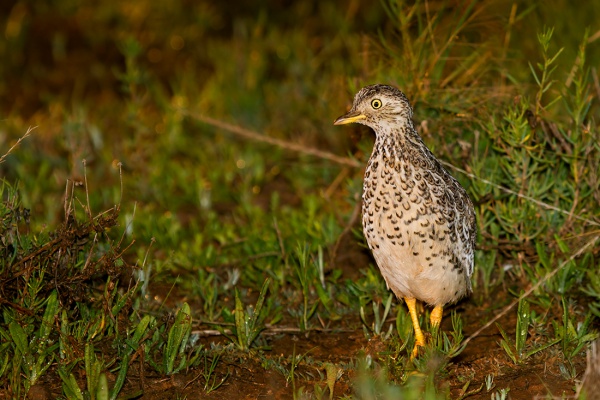Facts About Plains-wanderer
The plains-wanderer is a unique bird native to Australia, and it stands as the sole species in the family Pedionomidae and genus Pedionomus. These birds primarily inhabit the Riverina region of New South Wales. They resemble quails and are characterized by their light brown feathers, fawn-white underparts, and distinctive markings—males possess black crescents, while females feature a white-spotted black collar. Although equipped with wings, plains-wanderers are not adept fliers and prefer to run when threatened.
The classification of plains-wanderers has an intriguing history. Initially, scientists believed they were related to buttonquails and even placed them in orders such as Galliformes or Gruiformes. However, genetic studies later revealed that they are more closely related to waders like jacanas. This discovery underscores a unique case of either morphological convergence or the retention of ancient traits.
Regrettably, the plains-wanderer's population has been declining. Key factors include habitat loss due to the conversion of grasslands and predation by introduced species such as foxes. In response, conservation efforts have been initiated, and specific sites in Australia have been designated for protection. The plains-wanderer is listed as Critically Endangered on the IUCN Red List and is protected under several Australian conservation laws.
To further support their survival, a captive breeding program has been established at Taronga Western Plains Zoo in Dubbo. The aim is to bolster the wild population by breeding and releasing these birds back into their natural habitat. These conservation efforts are vital to ensure that the plains-wanderer does not move closer to extinction.
